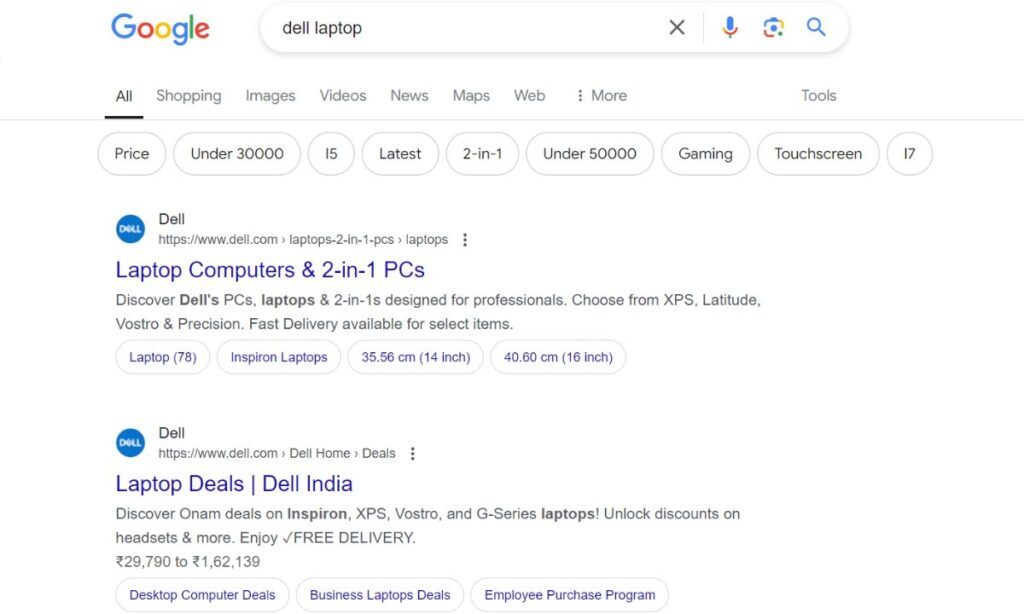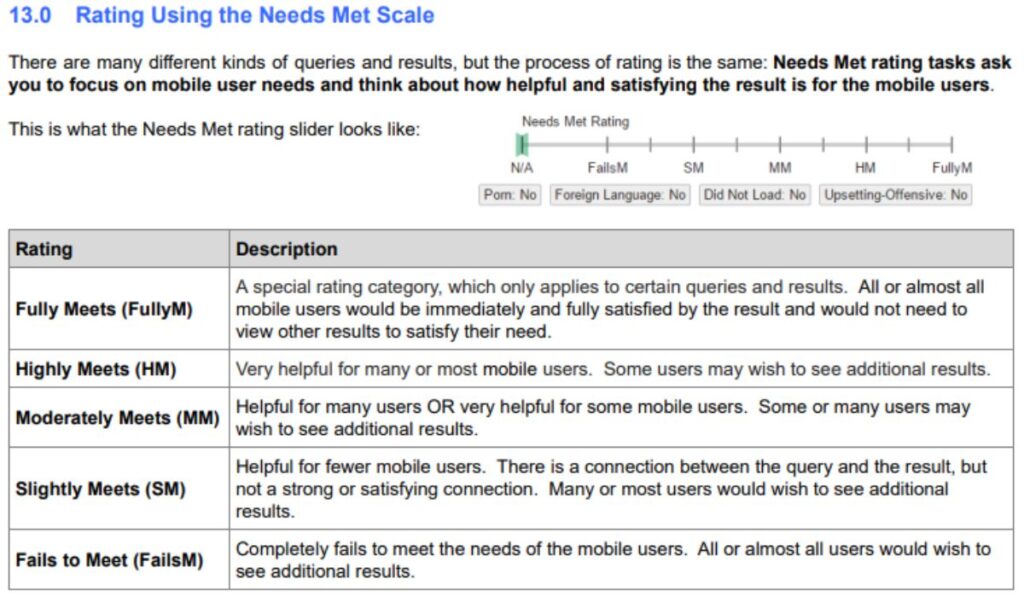In this article, we will explore 10 real-world examples of search intent shifts and how they can impact your SEO strategy.
In the ever-evolving landscape of search engine optimization (SEO), staying ahead of the curve means understanding not only the algorithms but also the intent behind user searches. A critical factor for success in SEO today is grasping how search intent shifts over time. Search engines like Google have become increasingly sophisticated in detecting and catering to these changes, so digital marketers and SEO professionals must align their strategies with the latest developments.

What Is Search Intent Shift?
Search intent shift refers to the change in the reason or purpose behind users’ search queries over time. As user behaviors evolve, what people look for when they search can transform, even if they are using similar keywords. Search engines have been improving their ability to interpret this shift, offering more personalized and context-driven results.
A deep understanding of search intent shift allows SEO professionals to optimize content that aligns with the evolving needs of users. Focusing on this shift ensures you’re not only ranking higher but also providing value by answering users’ queries more effectively.
Let’s dive into the ten examples of search intent shifts that are shaping modern SEO strategies.
1. From “Buy Now” to “Buy Safely”
In the past, many e-commerce searches were transactional, where users typed keywords like “buy shoes online” with the sole intent to purchase. However, as cybersecurity concerns grow, there’s been a noticeable search intent shift from “buy now” to “buy safely.” Searchers now prioritize security and reliability over urgency, typing phrases like “trusted online shoe retailers” or “secure shopping for shoes.”
For SEO strategies, this shift means that content needs to include reassurance about security, customer reviews, and trust signals like SSL certificates and secure payment options.
2. From “Cheap” to “Best”
Another significant search intent shift is in how users define value. Previously, searchers often gravitated towards “cheap” products and services, searching for terms like “cheap hotels in New York.” Today, there’s a shift towards quality over price, and users are now more likely to search for “best hotels in New York.”
This shift indicates that users are prioritizing quality and reliability, willing to pay more for better service or products. Therefore, SEO strategies should focus on showcasing the benefits, features, and unique selling propositions (USPs) of premium products rather than merely promoting low prices.
3. From “How-To” Guides to Video Tutorials
A growing search intent shift has been the move from text-based how-to guides to video tutorials. Users searching for DIY projects, tutorials, or step-by-step guides are increasingly using queries like “video on how to change a car tire” instead of just “how to change a car tire.”
Search engines have adapted to this shift by prioritizing video content in search results, particularly from platforms like YouTube. To stay relevant, websites should incorporate video content along with traditional articles to meet the evolving demands of their audience.
4. From “Local” Searches to “Hyperlocal” Searches
Local SEO has always been a big deal, but now we’re seeing a search intent shift from general local searches to hyperlocal ones. Previously, users might search for “restaurants near me,” but with improvements in geolocation technology, queries have become more specific, such as “Italian restaurants near Central Park.”
This shift necessitates that businesses refine their local SEO efforts. To capitalize on this, businesses should ensure that their Google My Business profiles are updated, optimize for specific neighborhoods, and use hyperlocal keywords in their content.
5. From “Exact Match” to Conversational Queries
There has been a significant search intent shift from short, exact-match keyword queries to longer, conversational searches. For example, instead of typing “best smartphone 2024,” users might search “What is the best smartphone to buy in 2024 for battery life?”
This shift is largely driven by the rise of voice search. To adapt, websites need to optimize their content for natural language and longer tail keywords. This also means that content should aim to answer specific questions and reflect how people speak rather than how they type.
6. From “Static Information” to Real-Time Data
In the past, many searches revolved around static information such as “weather in Paris.” Nowadays, people expect real-time updates, leading to a search intent shift toward dynamic data queries like “current weather in Paris right now” or “live traffic updates.”
For industries that rely on providing up-to-the-minute information—such as news, finance, or travel—SEO strategies need to include integrating live data feeds or regularly updating content to meet users’ expectations for real-time accuracy.
7. From “Product Reviews” to “Video Reviews”
Much like the shift from text-based how-to guides to video tutorials, there’s been a search intent shift from reading product reviews to watching them. Consumers increasingly trust video content and are more likely to type queries like “video review of iPhone 15 Pro” rather than just “iPhone 15 Pro review.”
To capitalize on this, brands and affiliate marketers should consider producing video reviews and optimizing them for search. Embedding video reviews in product pages or blog content can also enhance engagement and meet this evolving user intent.
8. From “General Health Info” to Personalized Health Queries
Health-related searches have seen a massive search intent shift from broad, general queries to personalized, condition-specific questions. For example, instead of searching “how to lose weight,” users are now searching for terms like “best diet for losing weight with thyroid issues.”
This shift means that medical or health-related websites need to offer more tailored, expert advice that considers specific conditions and symptoms. Content personalization is key, and websites should aim to answer the unique, nuanced questions that users are asking.
9. From “Brand Searches” to “Eco-Friendly” Queries
With growing environmental concerns, there has been a clear search intent shift from standard brand or product searches to eco-friendly alternatives. For instance, instead of simply searching for “clothing brands,” users are now more likely to search for “sustainable clothing brands” or “eco-friendly fashion.”
Brands that can demonstrate a commitment to sustainability will have a competitive edge in this evolving landscape. From an SEO perspective, highlighting eco-friendly practices and using terms related to sustainability can boost rankings and resonate with this environmentally conscious audience.
10. From “Answer Me” to “Help Me Decide”
The final example of search intent shift relates to decision-making. Previously, many users were simply looking for answers to questions, such as “what is the best laptop.” However, there’s a shift towards queries that indicate decision paralysis, such as “which laptop should I buy for gaming vs. work?”
To adapt to this shift, content should not only provide straightforward answers but also offer comparison guides, pros and cons lists, and decision trees. Helping users make informed choices in complex decisions will drive engagement and increase dwell time on the site.
Adapting to Search Intent Shifts for SEO Success

The examples above highlight just how dynamic search intent shift can be. It’s no longer enough to optimize for the keywords you think will generate the most traffic. Instead, successful SEO strategies require a deep understanding of how searchers’ intentions are changing.
Here’s how you can adapt to these shifts:
- Content Audits: Regularly audit your content to ensure it aligns with current search intent shifts. What worked a year ago might not be relevant anymore.
- Data-Driven Optimization: Use analytics tools to track how users are interacting with your content. What keywords are bringing them to your page, and are those keywords still relevant to their intent?
- Diversify Content Formats: With the growing preference for video and interactive content, ensure that your site offers diverse content types to cater to different user preferences.
- Focus on E-A-T: Expertise, Authoritativeness, and Trustworthiness (E-A-T) play an increasingly important role in SEO, especially in niches like health and finance. Ensure that your content is backed by credible sources and demonstrates your authority in your industry.
- Embrace Local and Hyperlocal SEO: Especially for brick-and-mortar businesses, local SEO is critical. Ensure that your website is optimized for local searches by using relevant, localized keywords and keeping your business information up-to-date.
Conclusion
Search intent shift is a powerful concept that reflects how search behavior is evolving. Whether it’s prioritizing safety, seeking out video content, or demanding hyperlocal information, users are expecting more personalized, relevant results. For SEO professionals, this means continuously adapting to these shifts and staying attuned to the changing needs of users.
By understanding and responding to these examples of search intent shift, you can enhance your SEO efforts, create content that resonates with your audience, and ultimately drive more conversions and engagement.
For More Amazing Article Like This You Can keep an eye on: Tech Field

